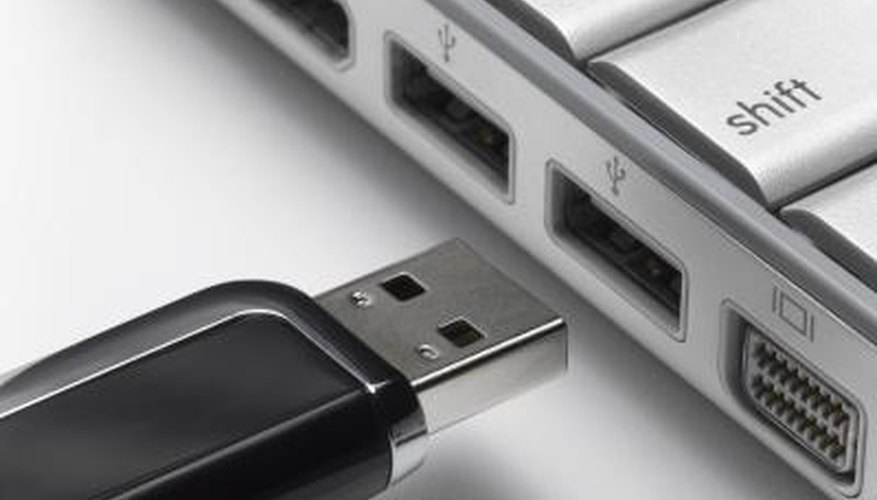The flash drive or USB drive is usually used as a removable disk in your computer. It is used mainly for data transfer between two computers. However, it can also be added to your local drives and used like a partition in your hard drive. This can be useful if you are running out of space in your hard disk. The flash drive can also be partitioned just like your hard disk.
- The flash drive or USB drive is usually used as a removable disk in your computer.
- However, it can also be added to your local drives and used like a partition in your hard drive.
Insert the USB flash drive into the USB drive on your computer. Once you insert the drive, it is detected in the "Devices in Removable Storage" category in "My Computer."
Download and install Notepad++, using default settings. Alternatively, you can also use other text editors which shows line numbers.
Download "USB_LocalDisk.zip", and extract its contents into the desktop.
Open the "USB_LocalDisk" folder (the folder you extracted in Step 3), and navigate to the "cfadisk.ini" file. Right-click the file and open it with Notepad++.
Click "Start->Run," type in "devmgmt.msc," and click the "OK" button to open the Device Manager. Then, navigate to "Disk Drives" and double-click your USB flash drive.
- Download and install Notepad++, using default settings.
- Click "Start->Run," type in "devmgmt.msc," and click the "OK" button to open the Device Manager.
Click the "Details" tab in the "USB Device Properties" window and select the property "Device Instance Path." Copy the text that appears under the "Value" field.
Open the Notepad++, navigate to line 26, delete the text "device_instance_id_goes_here," and paste the text you copied in Step 6. Save and Close "Notepad++".
- Click the "Details" tab in the "USB Device Properties" window and select the property "Device Instance Path."
- Open the Notepad++, navigate to line 26, delete the text "device_instance_id_goes_here," and paste the text you copied in Step 6.
Open Device Manager again (as in Step 5), navigate to your USB flash drive, right-click and select "Update Driver Software."
Select "Browse my computer for driver software" in the Update driver window and click "Let me pick from a list of device drivers on my computer" in the next window that appears.
Click "Have Disk," and select the "cfadisk.ini" ( file you edited in Step 7), using the Browse button. Click "Next" and then update the USB driver. Close the window.
Open "My Computer" and check for your flash drive under local hard drives.
TIP
If you want your USB drive to be detected as removable media again, just simply roll back your driver to the previous version.
